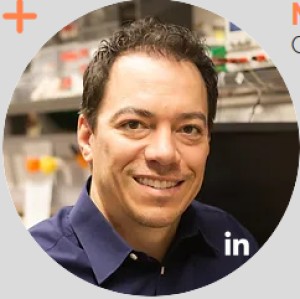- Video Library
- Mark Rentschler Presents Aspero Medical at LSI USA '23
Mark Rentschler Presents Aspero Medical at LSI USA '23

Mark Rentschler
Mark E. Rentschler is a professor, entrepreneur, inventor, program director, design engineer, roboticist, expert witness, and seasoned engineering consultant. He has over 15 years of leadership in mechanical and biomedical engineering consulting and intellectual property development. Dr. Rentschler is a published subject matter expert focused on medical devices, surgical robotics, mechanical design and mechatronic design and control. He is a named inventor on over 25 issued U.S. and International patents, and has authored over 175 journal and conference papers. More details of his University Lab's research can be found at http://amtl.colorado.edu, with more details about Aspero Medical at http://asperomedical.com.
Mark Rentschler
Mark E. Rentschler is a professor, entrepreneur, inventor, program director, design engineer, roboticist, expert witness, and seasoned engineering consultant. He has over 15 years of leadership in mechanical and biomedical engineering consulting and intellectual property development. Dr. Rentschler is a published subject matter expert focused on medical devices, surgical robotics, mechanical design and mechatronic design and control. He is a named inventor on over 25 issued U.S. and International patents, and has authored over 175 journal and conference papers. More details of his University Lab's research can be found at http://amtl.colorado.edu, with more details about Aspero Medical at http://asperomedical.com.

17011 Beach Blvd, Suite 500 Huntington Beach, CA 92647
714-847-3540© 2025 Life Science Intelligence, Inc., All Rights Reserved. | Privacy Policy







